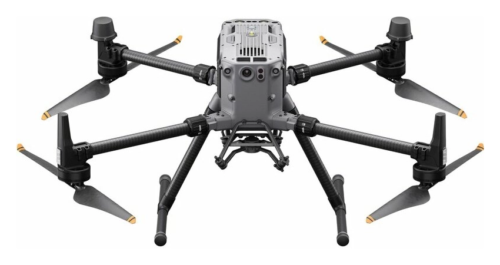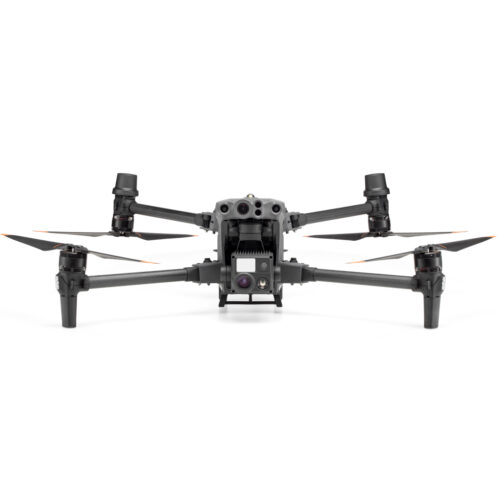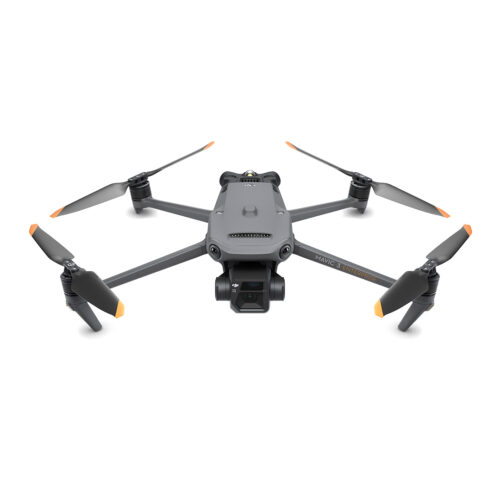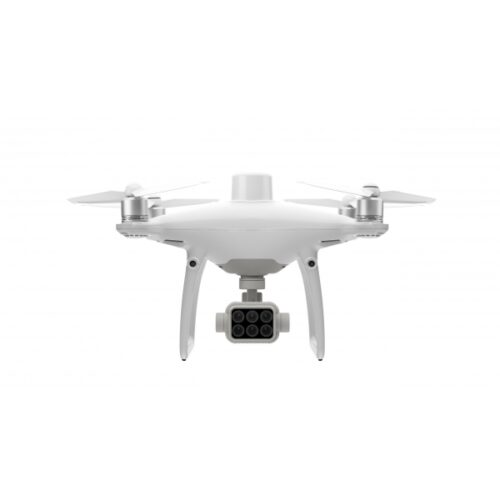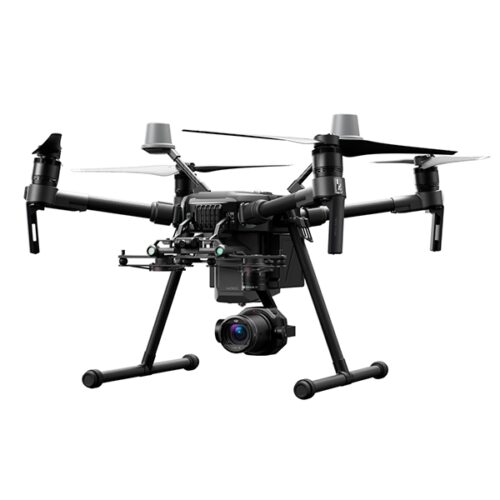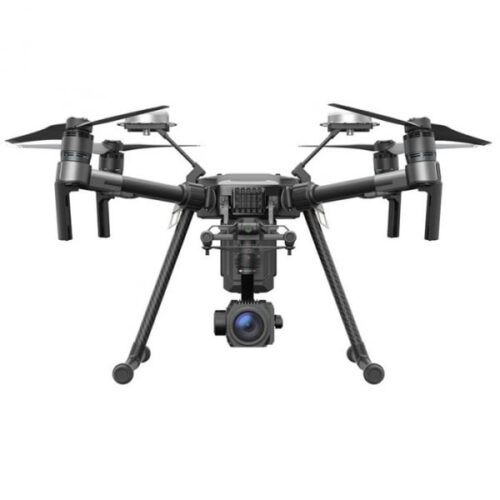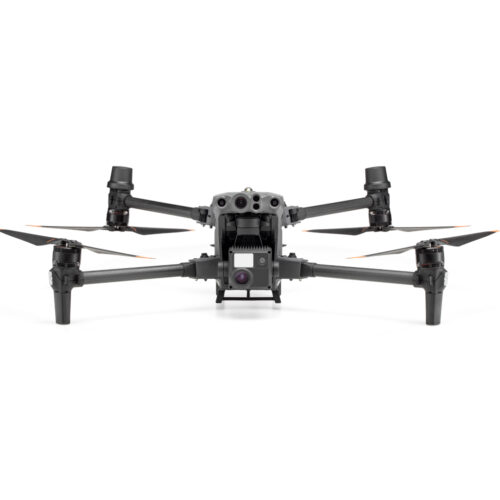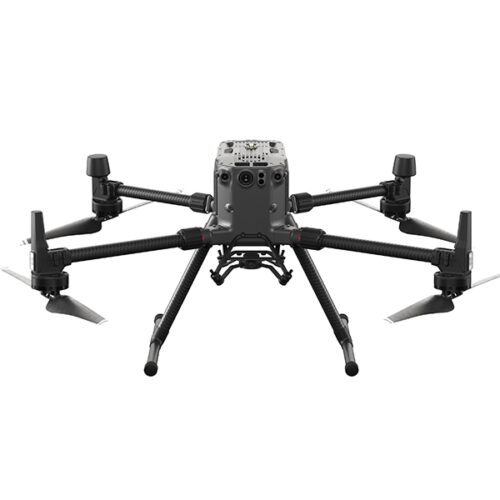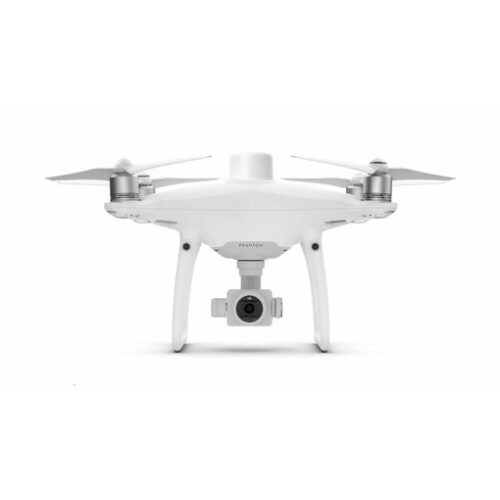Showing 1–12 of 13 results
Unmanned Aircraft Systems (UAS), commonly known as drones, refer to aircraft operated without a human pilot on board. These systems have gained significant popularity and utility across various industries due to their versatility, accessibility, and potential for automation. Here are some key aspects of Unmanned Aircraft Systems:
- Components of UAS:
- Aircraft: The aircraft itself is typically a small, lightweight, and often remotely controlled vehicle equipped with propulsion systems like rotors or fixed wings.
- Ground Control Station (GCS): This includes the equipment and software used by operators to control and monitor the drone’s flight, as well as to receive and analyze data transmitted by the onboard sensors.
- Communication Systems: UAS rely on various communication technologies, such as radio frequencies or satellite links, to establish communication between the aircraft and the ground control station.
- Applications:
- Agriculture: Drones are used for crop monitoring, aerial spraying, precision agriculture, and livestock management.
- Mapping and Surveying: UAS are employed for aerial photography, topographic mapping, land surveying, and 3D modeling of terrain.
- Infrastructure Inspection: They are used to inspect pipelines, power lines, bridges, and other infrastructure, providing high-resolution imagery and data without the need for human inspectors to access hazardous or hard-to-reach areas.
- Search and Rescue: Drones can be equipped with cameras, thermal sensors, and other equipment to aid in search and rescue operations, providing aerial reconnaissance and locating missing persons in remote or disaster-stricken areas.
- Environmental Monitoring: UAS are utilized for monitoring wildlife, tracking changes in ecosystems, assessing pollution levels, and conducting environmental research.
- Filmmaking and Photography: Drones are popular for capturing aerial footage and photography in film production, journalism, real estate, and tourism industries.
- Regulations and Safety:
- Many countries have regulations governing the operation of unmanned aircraft to ensure safety and privacy. These regulations may include restrictions on flight altitude, proximity to airports, and requirements for operator certification and registration.
- Safety features such as geofencing, collision avoidance systems, and fail-safes are often incorporated into UAS to mitigate the risk of accidents and collisions.
- Technological Advancements:
- Ongoing advancements in UAS technology include improvements in flight endurance, payload capacity, autonomy, obstacle detection and avoidance, and integration with other emerging technologies such as artificial intelligence and Internet of Things (IoT).
Overall, Unmanned Aircraft Systems offer a wide range of benefits and applications across various industries, revolutionizing traditional methods of data collection, monitoring, and transportation while presenting new challenges and opportunities for regulation and innovation.
Buy Unmanned Aircraft Systems in Uzbekistan, in Tashkent


